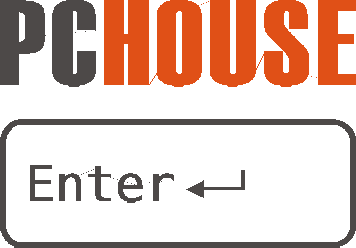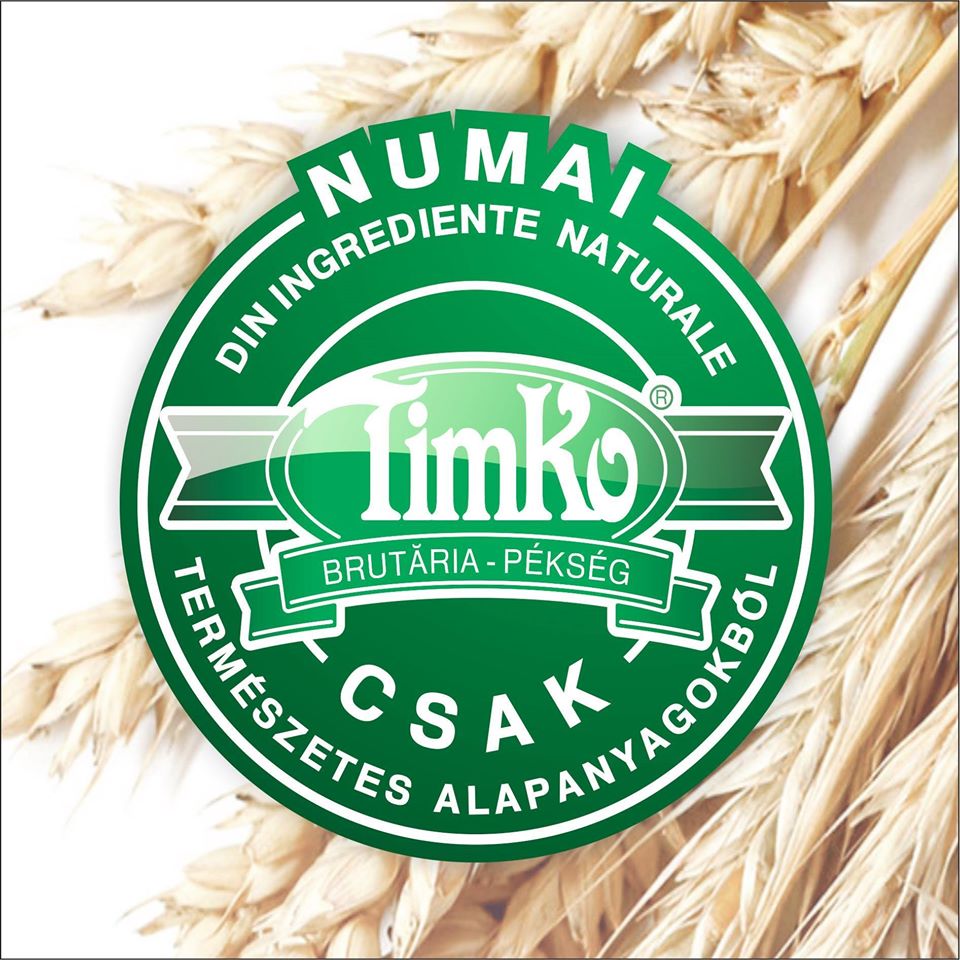Sapientia ECN Programming Contest Rules
1. Mission
The Sapientia ECN programming contest provides college and high school students with opportunities to interact with students from other universities and high schools to sharpen and demonstrate their problem-solving, programming, and teamwork skills.
2. Introduction
The contest is a competition among teams of students representing institutions of higher education and high schools.
The number of problems proposed to be solved will be between 5 and 15. All the problems can be solved using only high school programming knowledge. One of the problems has a pronounced mathematical background.
The winner will be the team to have solved the highest number of problems.
Two key features of this year's edition are that there will also be interactive problems, and high school students and university students will compete on different sets of problems (with some problems being shared, some exclusive to high school students, and others only for university students).
3. Localization
The language of the Contest is English. All written contest materials will be in English. Additional languages may be used.
4. Topics
Graph Algorithms
Data Structures
Dynamic Programming and other programming techniques
Sorting and Searching
String Processing
Mathematics
5. Team Composition
A representative of the sponsoring institution, typically a faculty or high school member, must serve as or designate the team coach. The coach certifies the eligibility of contestants and serves as the official point-of-contact with the team prior to and during contest activities. A team may only have one coach.Each team consists of three contestants who must satisfy the following eligibility rules:
A student must be enrolled in a degree program at the sponsoring institution.
A student may compete for only one institution during a contest year.
6. Conduct of the contest
Solutions to problems submitted for judging are called runs. Each run is judged as accepted or rejected by a judge, and the team is notified of the results
Notification of accepted runs may be suspended at an appropriate time to keep the final results secret. A general announcement to that effect will be made during the contest. Notification of rejected runs will continue until the end of the contest.
A contestant may submit a claim of ambiguity or error in a problem statement by submitting a clarification request to a judge. If the judges agree that an ambiguity or error exists, a clarification will be issued to all contestants.
Contestants are not to converse with anyone except members of their team and personnel designated by the contest director. Systems support staff may advise contestants on system-related problems such as explaining system error messages.
While the contest is scheduled for a particular time length (typically five hours), the contest director has the authority to alter the length of the contest in the event of unforeseen difficulties. Should the contest duration be altered, every attempt will be made to notify contestants in a timely and uniform manner.
A team may be disqualified by the contest director for any activity that jeopardizes the contest such as dislodging extension cords, unauthorized modification of contest materials, or distracting behavior.
So far as possible, problems will avoid dependence on detailed knowledge of a particular applications area or particular contest language.
7. Scoring of the Contest
A problem is solved when it is accepted by the judges. The judges are solely responsible for accepting or rejecting submitted runs. The contest director and judges are empowered to adjust for or adjudicate unforeseen events and conditions. Their decisions are final.
Teams are ranked according to the most problems solved. For the purposes of awards teams who solve the same number of problems are ranked by least total time. The total time is the sum of the time consumed for each problem solved. The time consumed for a solved problem is the time elapsed from the beginning of the contest to the submittal of the accepted run. There is no time consumed for a problem that is not solved.
Scoring of an accepted run: Score=time + n x 20 , where
time: is given in minutes
n: number of rejections
8. Contest Computing Environment
The programming languages* of the contest are C/C++.
Each team will use a single workstation.
We provide the following Integrated Development Environments: CodeBlocks 25.03, Microsoft Visual Studio 2022, Microsoft Visual Code, CLion 2025, Lazarus.
9. Testing platform information
Server
- Intel(R) Xeon(R) CPU E5-2680 v4 @ 2.40GHz - 6 cores
- 16GB RAM
- Debian GNU/Linux 11 (bullseye)
Compilers
C++
- g++ (Debian 10.2.1-6) 10.2.1 20210110
- command line: g++ -std=c++17 -x c++ -Wall -O2 -static -DONLINE_JUDGE -pipe -o "$DEST" "$@"
C
- gcc (Debian 10.2.1-6) 10.2.1 20210110
- command line: gcc -std=c11 -x c -Wall -O2 -static -DONLINE_JUDGE -pipe -fno-asm -lm -s -o "$DEST" "$@"
Pascal
- fpc Free Pascal Compiler version 3.2.0+dfsg-12 [2021/01/25] for x86_64
- command line: fpc -viwn -O2 -Sg -XS -o"$DEST" "$MAINSOURCE"
10. Auxiliary materials, books
No auxiliary printed or electronic materials are allowed, except for those installed on the contest computers (mostly help files).




